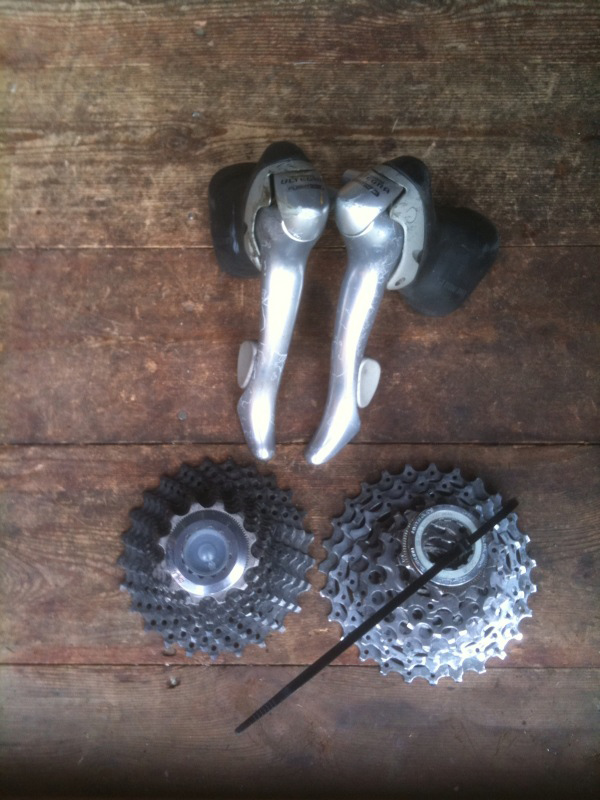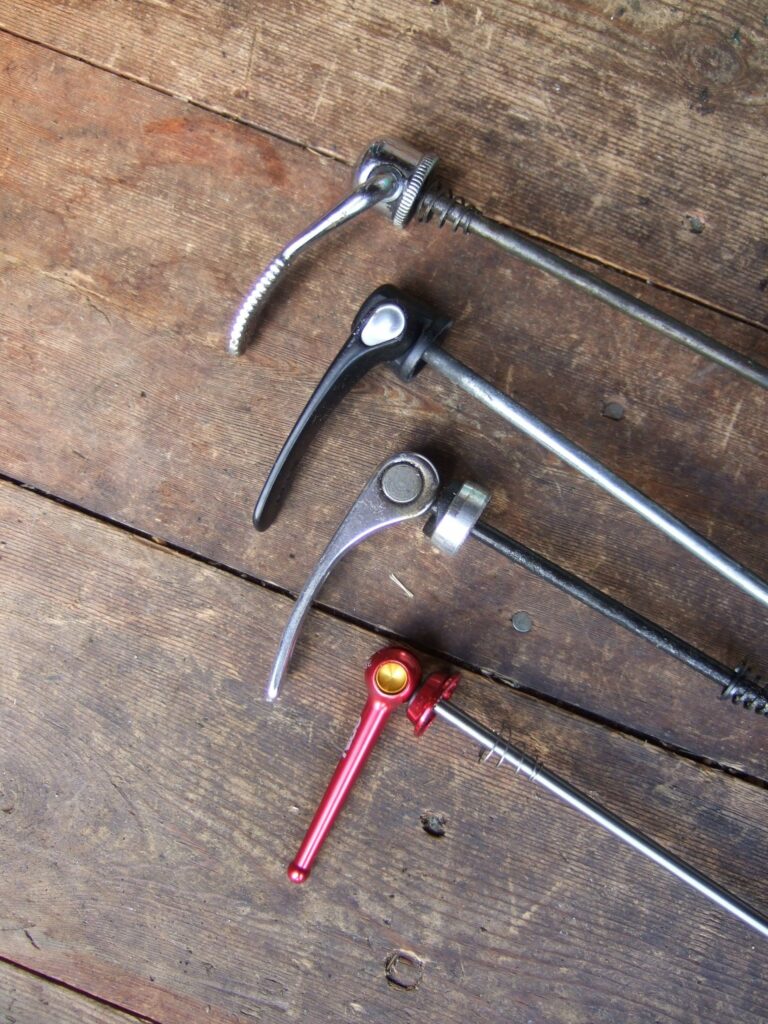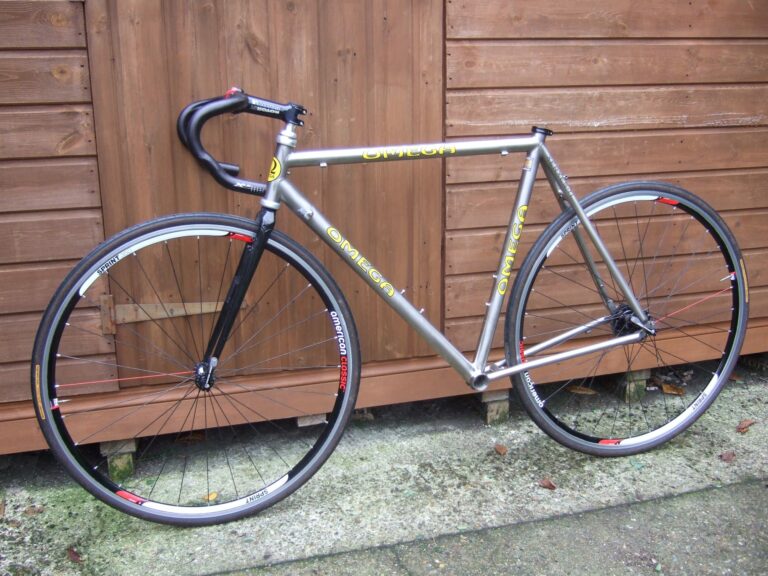
Fancy chainring bolts are, for the most part, not high on the list of desirable upgrades for most cyclists. The five of them – for some reason the male/female threaded pairing is usually considered as one item – found on the average chainset tend to be ignored unless and until they give trouble – which they can and will do.
Until then, of course, they perform the simple task of securing one or more chainrings to their crank spider. The female-threaded “outer” part has a standard external diameter of 10mm, so any crank bolt will fit into any chainset. That does not, however, mean that any set of crank bolts will work for every chainset. They come in several different lengths to suit difference appplications, the two most common being use with double and single chain rings.
The length of the outer part is the important dimension, since the shear force applied by the spider to the ‘ring is largely transferred through this cylindrical component (friction between the mating faces of the ring and spider arms also contributes). The inner needs only be long enough to obtain sufficient clamping force from its fine M8x0.75mm thread.

As a rule, a set of chainring bolts designated for use with a single chainring will do the job nicely. Trouble arises when the chainring is thinner than it might be and the bolts tighten against themselves instead of clamping the ring to the spider. The only solution is to file perhaps 1mm from the face of the outer – or keep filing until the bolt clamps as required. The other four can be filed to the same length.
Either of the two parts can be made of aluminium alloy, titanium or steel. Aluminium saves most weight but carries most risk of corrosion and breakage; titanium is the best compromise between weight, durability and strength but is expensive and steel, whether stainless or plated, is the dull but reliable option.
Problems arise when chairing bolts come loose or corrode. The former can give rise to one of the most annoying phenomena in cycling – the repetitive squeak. Indeed, the first suspects should such a squeak commence should be the chainring bolts, one of which is very likely to prove loose. Leave it and the cycle will eventually succumb to the least flattering “look” on the road, where one or more bolts is very visibly missing.
Corrosion usually only makes itself known when the time comes to remove the bolts and one or more refuses to come loose. Since the standard tool for the outer makes use of a shallow slot each side of the flange and is itself made of thin steel sheet, obtaining a secure grip of the bolt is not always easy. Luckily, the outer often manages to corrode against the crank spider, making removal of the inner simplicity itself using a 5mm Allen key.

The other bother with corroded chainring bolts comes when the user is unaware that corrosion has taken hold. Invariably afflicting aluminium parts, whether inner or outer, it manifests itself in either the flange (outer) or head (inner) cracking away from the threaded part as the bolt is tightened. This usually takes place a long way from a supplier of replacements and mere minutes before the blighted machine is needed for some important ride.
So, how to make sure that chainring bolts give the least possible trouble? Start by using steel ones… but in any case, prevention is better than cure. Oil or apply anti-seize to the threads prior to assembly. This will allow the parts to screw together easily and with luck will save having to hold the outer using the flimsy tool. Apply anti-seize to the head of the inner to ease installation still further. If using aluminium outers, it is probably wise to apply anti-seize to their flanges too, if only to forestall the onset of corrosion.
When it comes to final tightening, work around the circle of bolts skipping one each time until all are tight; this will give a roughly diagonal tightening sequence that avoids the risk of distorting the chainring. And save the old chainring bolts when discarding a knackered chainset. A zip tie will keep them together.





